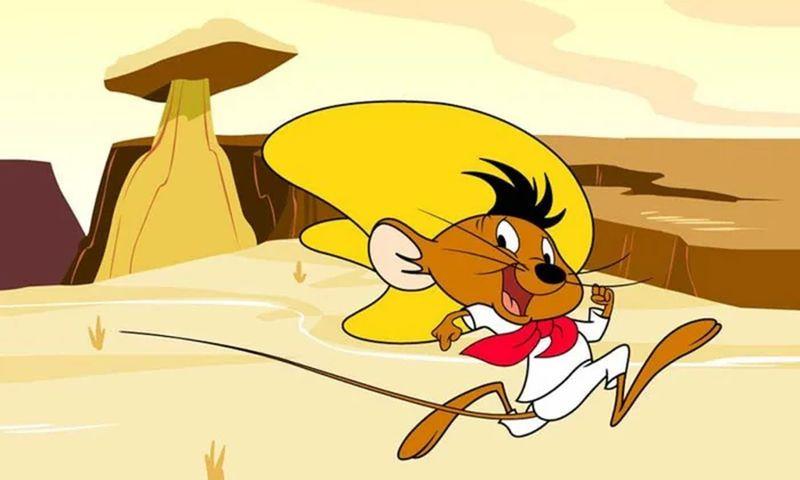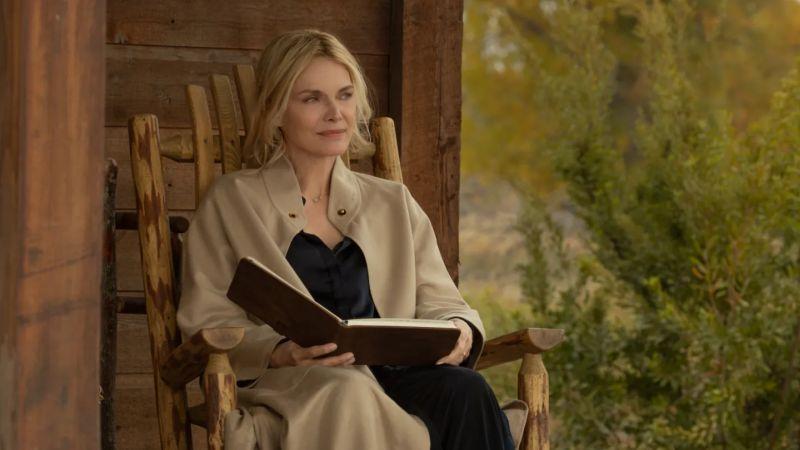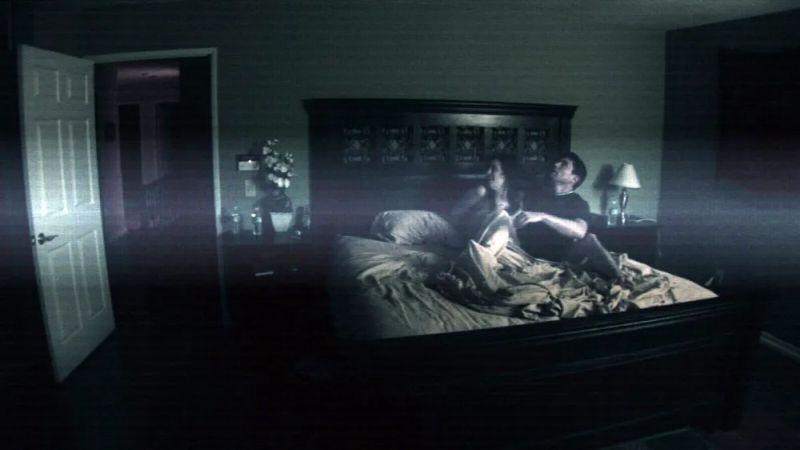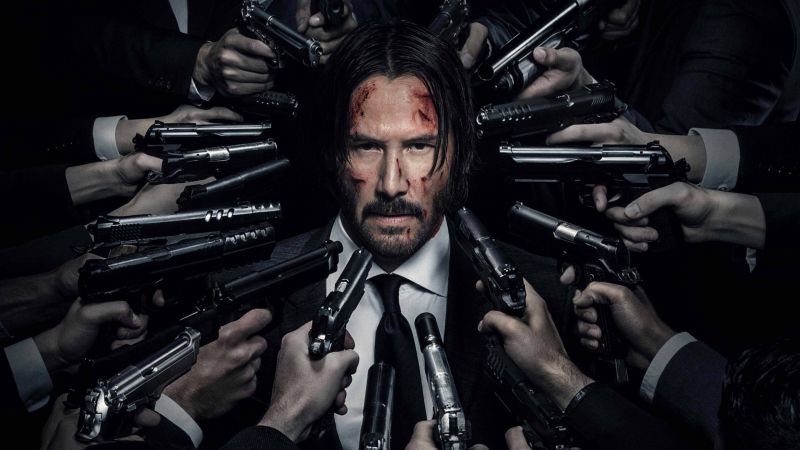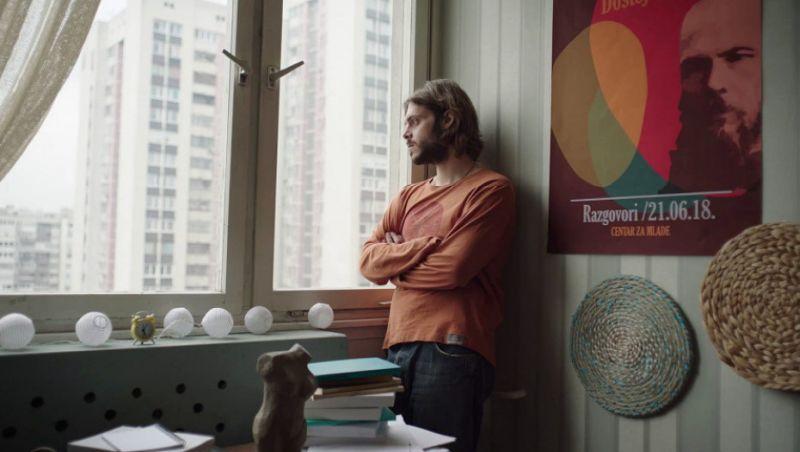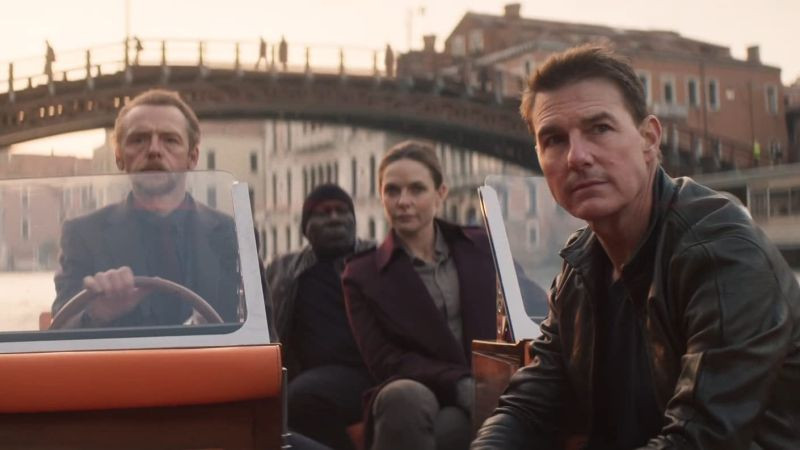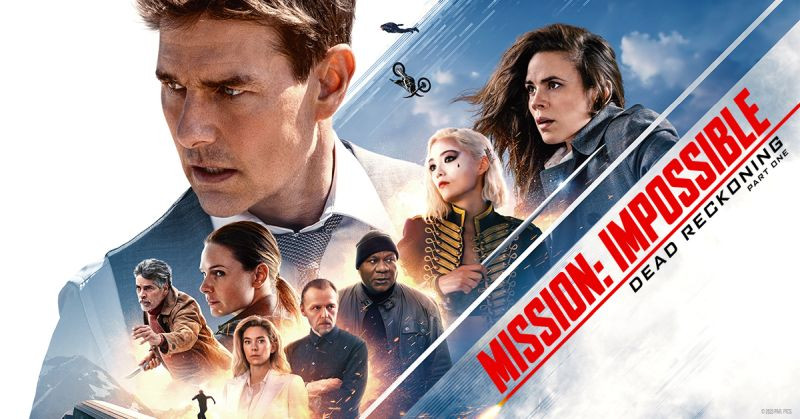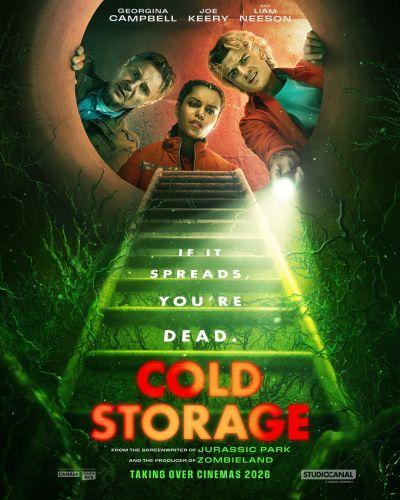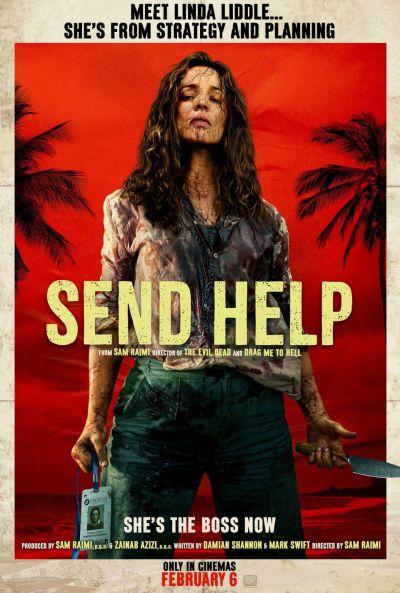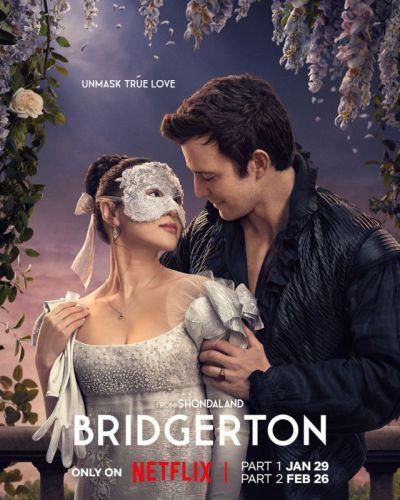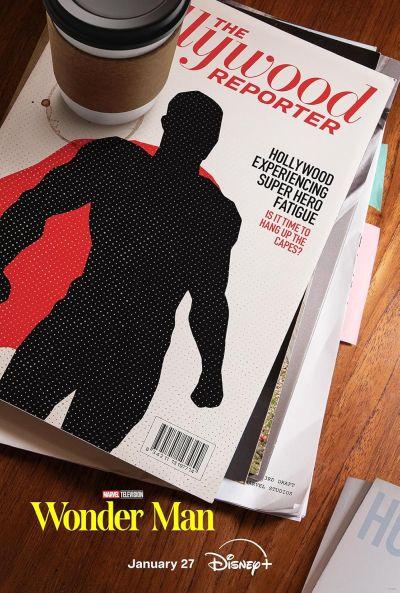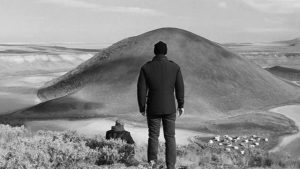 Fillmofil.ba proudly represents the works of young critics done in program Talents Sarajevo of 23rd Sarajevo Film Festival
Fillmofil.ba proudly represents the works of young critics done in program Talents Sarajevo of 23rd Sarajevo Film Festival
Written by: Arman Fatić
"How can you stand that which you do not comprehend?" Quran, The Cave / Verse 68
Semih Kaplanoğlu, Turkish director best known for his Yusuf trilogy, had the honor to open Competition programme of the 23rd Sarajevo Film Festival with his first project in seven years. “The Grain” is a dystopian, sci-fi film engraved with symbolism specific to Sufi philosophy. Partly based on 29 Quran verses, from the chapter ‘The Cave’, it tells the story of Moses looking for guidance from an unknown Teacher. Casting French lead Jeam-Marc Barr and Bosnian actor Ermin Bravo for his first English-language feature, it is obvious that Kaplanoğlu is opening his work to wider, European audiences.
Following Erol Erin (Jeam-Marc Barr), the genetics professor, we find out that life on planet Earth is on the edge of extinction. By altering nature, humans tried to genetically produce better living but in the process actually destroyed it. There are no more natural seeds that are able to provide unlimited generations of food, bees and other pollinators have died, so it is just a question of time when GMO-produced life will reach its limit and life on earth will end. The last hope seems to be Cemil Akman (Ermin Bravo), genetics professor and author of “Genetic Chaos theory” and “The M Particle theory”, who has gone rogue and left to to the Wastelands. So professor Erin starts his journey seeking both his colleague Cemil and the secrets of existence.
Refugees, hunger, the environmental problems of today’s world, all get their “close up” when shown through Kaplanoğlus dystopian lens. Kaplanoğlu tackles the problems of environmental destruction using Tarkowsky-like aesthetics (Stalker). His black and white shots filmed on 35mm intensify the consequences of genetic alterations. The director wraps it all up with breathtaking stone covered mountains and ruins that in the same time reflect the post-apocalyptic and mystical side of the film.
After a 20 minutes exploration of the consequences of human nature, Kaplanoğlu makes a hard storytelling switch in the film. We progress from western experimental post-apocalypse film to eastern soul exploration film. Following the narrative line from Quran verses (18:54 to 18:83), the director shows us what the reasons were for the apocalypse, and offers us insight into redemption. We move from the chaotic ruins of the civilized world to the peaceful landscapes of the “Wastelands”.
Sufi inspiration taken from Ibn Arabi, Rumi and other eastern philosophers and poets stays at its basics, for the sake of wider audiences. Because of this simplification there are moments when the film gets a bit repetitive, with simple out of place quotes like: “We are always in a dream, even when we are awake”.
Kaplanoğlu also decided to use a significant amount of Islamic Sufi symbolism, like the extinction of bees which represents the coming of judgment day, or ritual cleaning with wet earth, the material from which mankind was created. (We created man from a product of wet earth; Quran, chapter The Believers, verse 12). However, the symbols never reach their full potential so instead of becoming strong metaphors they end up becoming dubious dialogue.
Grain, the visually driven exploration of men succeeds to capture the essence of human nature by showing us the annihilation of body and up-rise of soul. At the end of the film Kaplanoğlu leaves his viewers questioning, does humanity have appointed time, beyond which it will find no escape?

